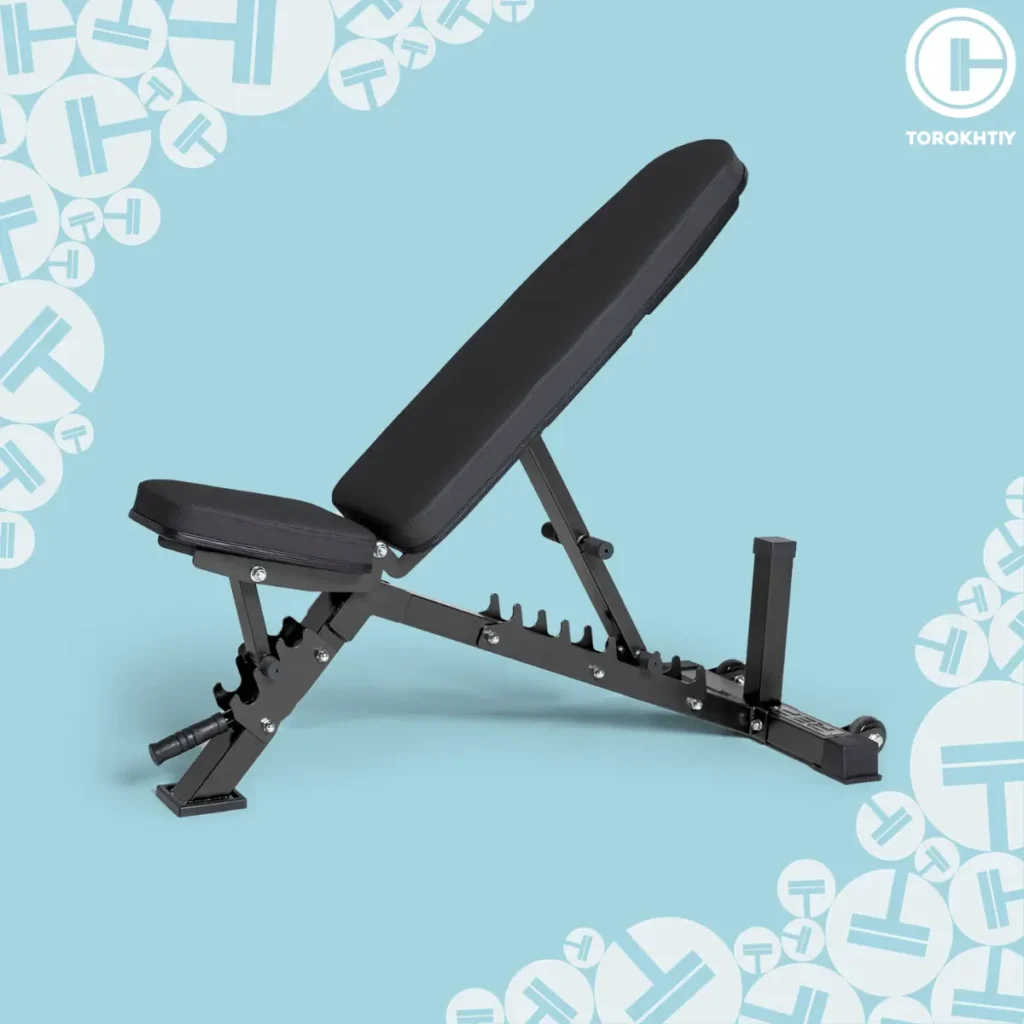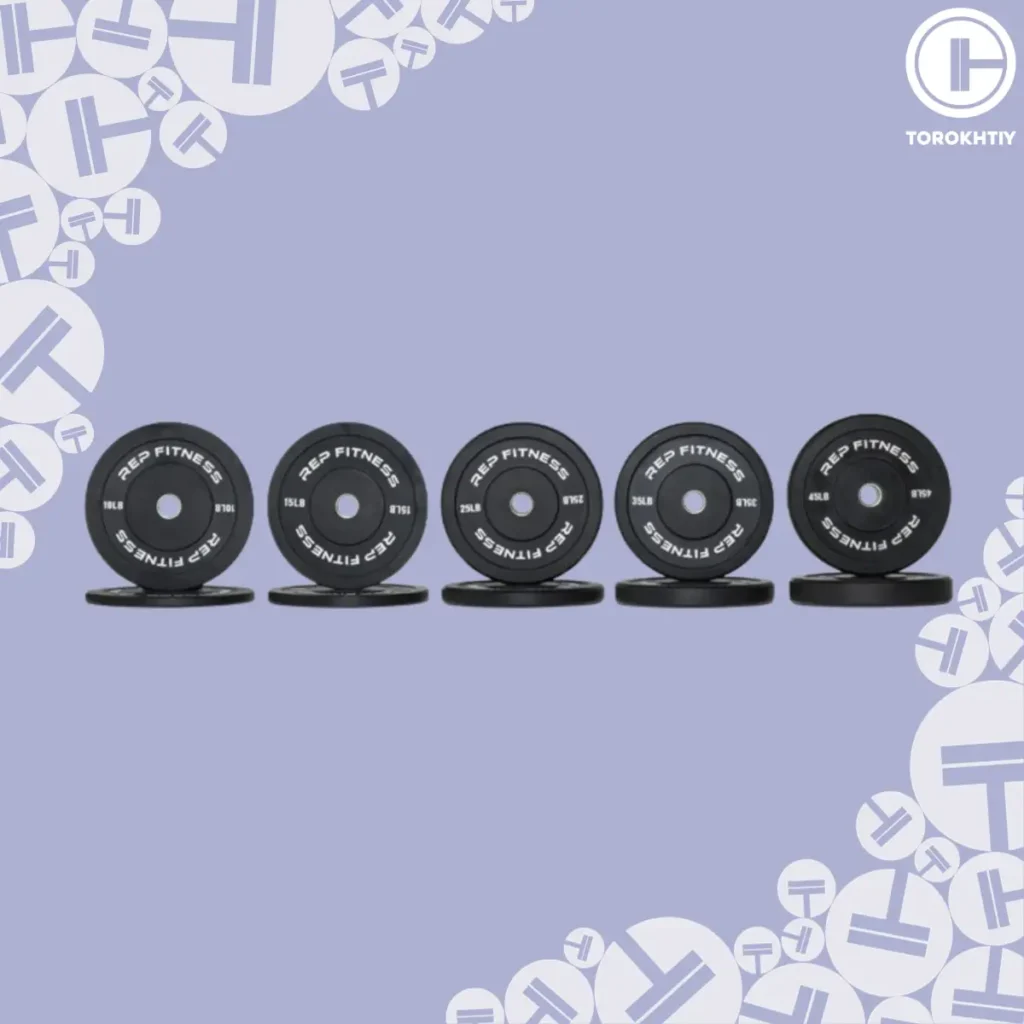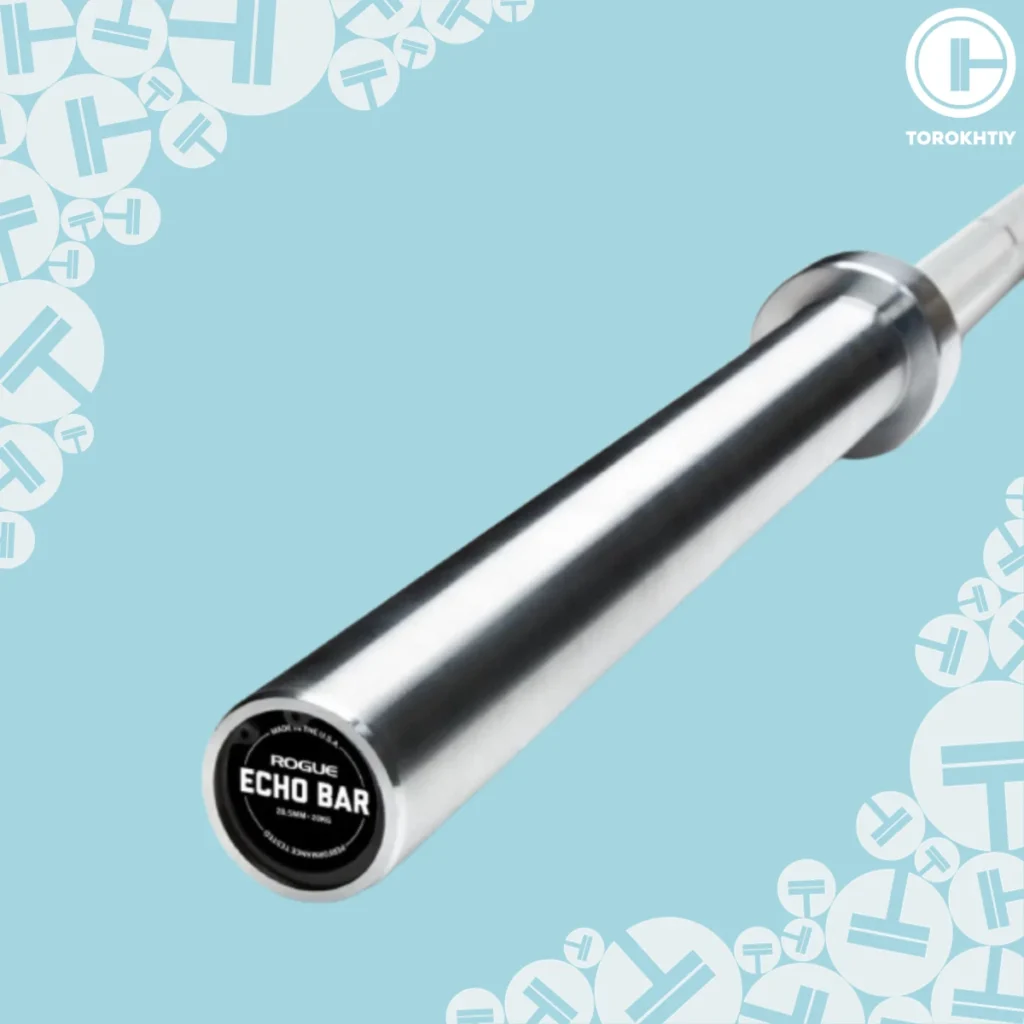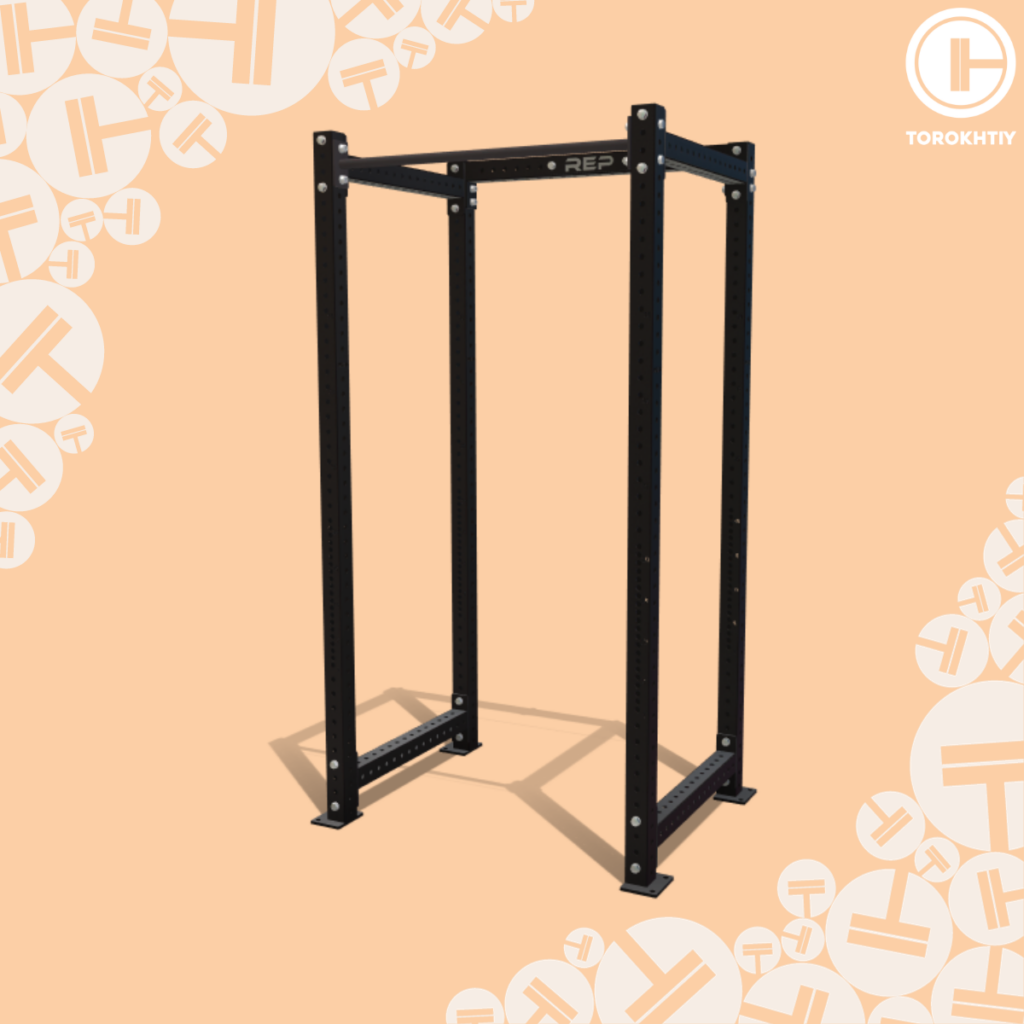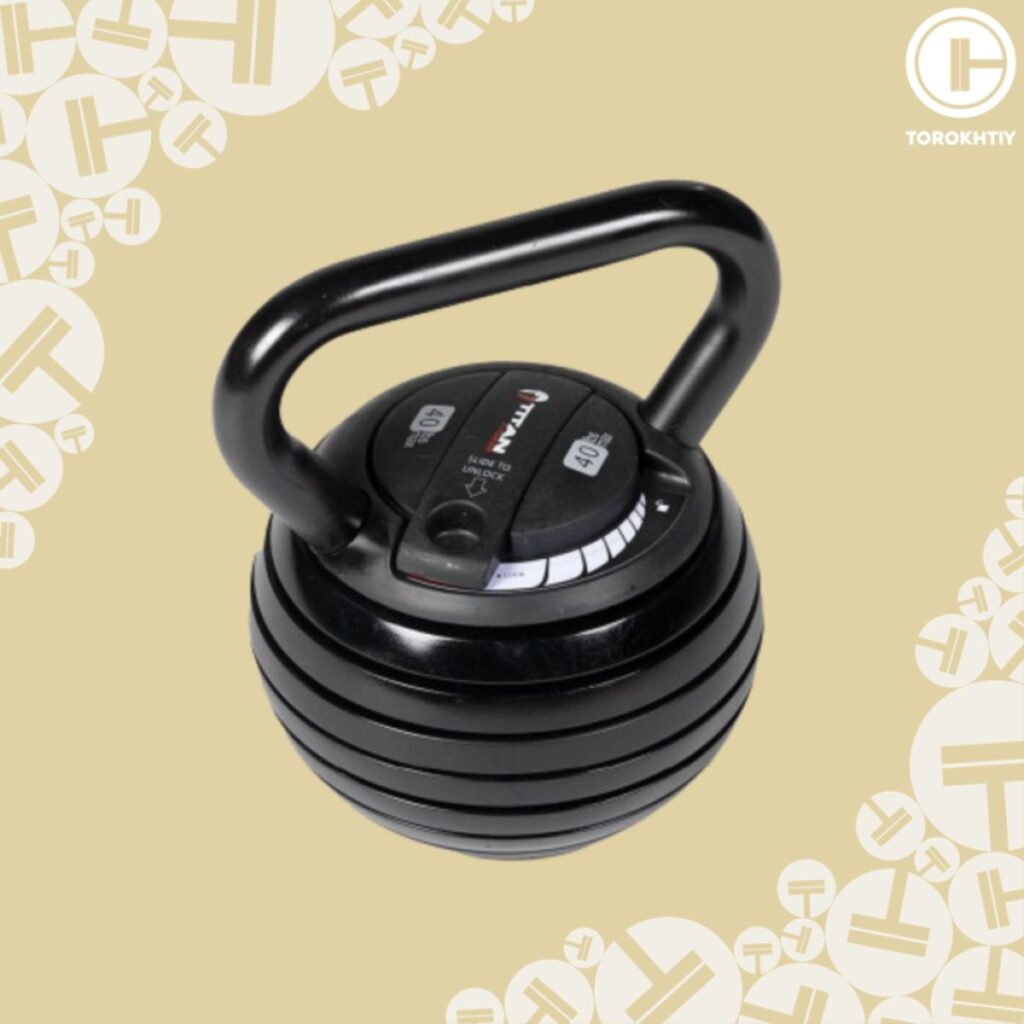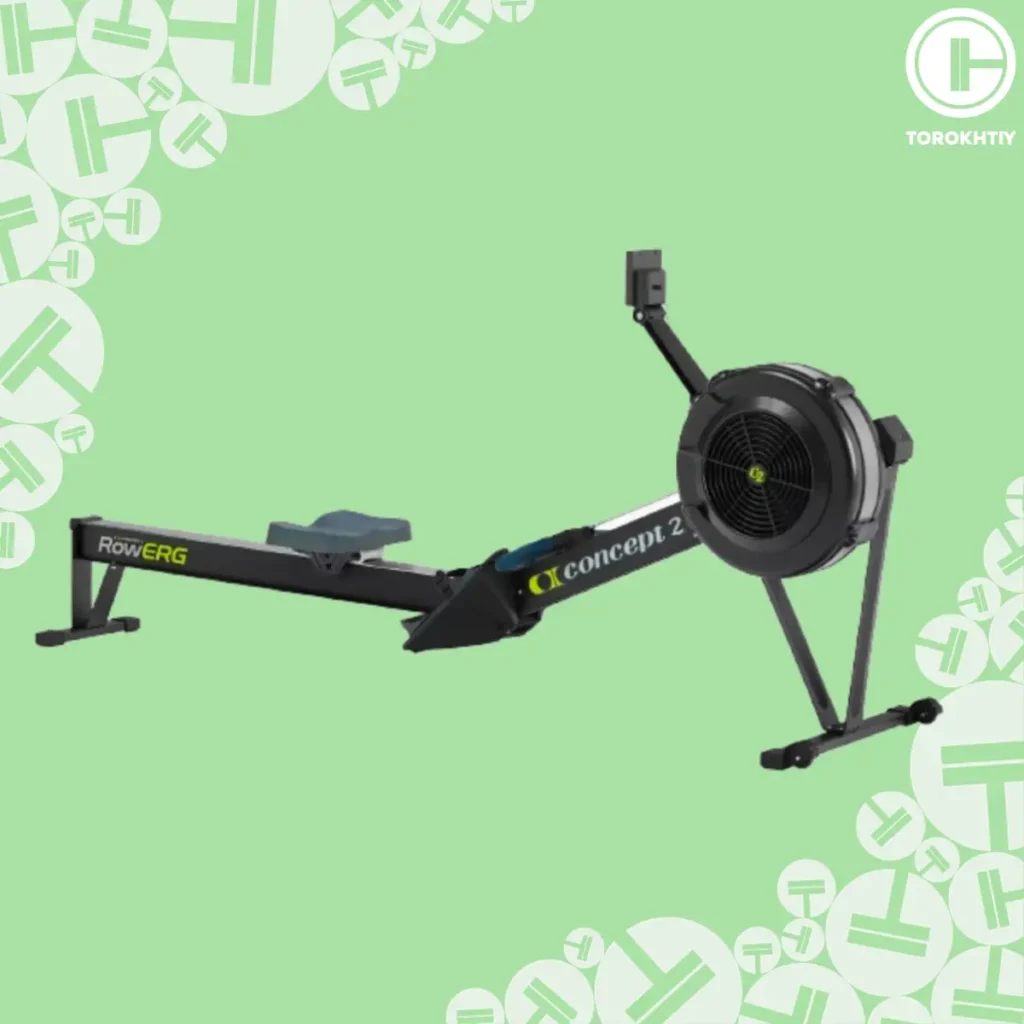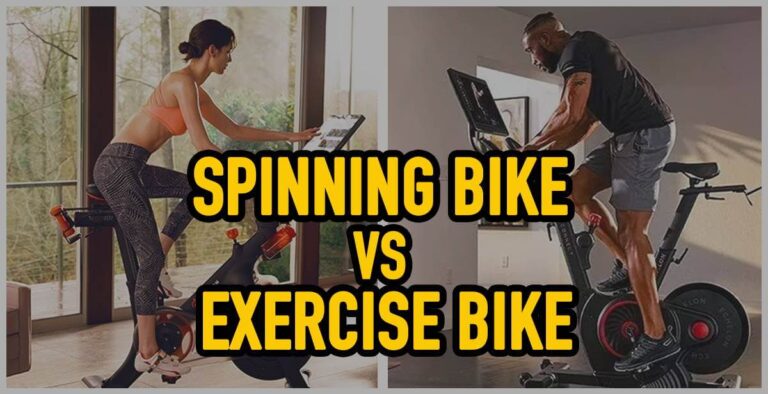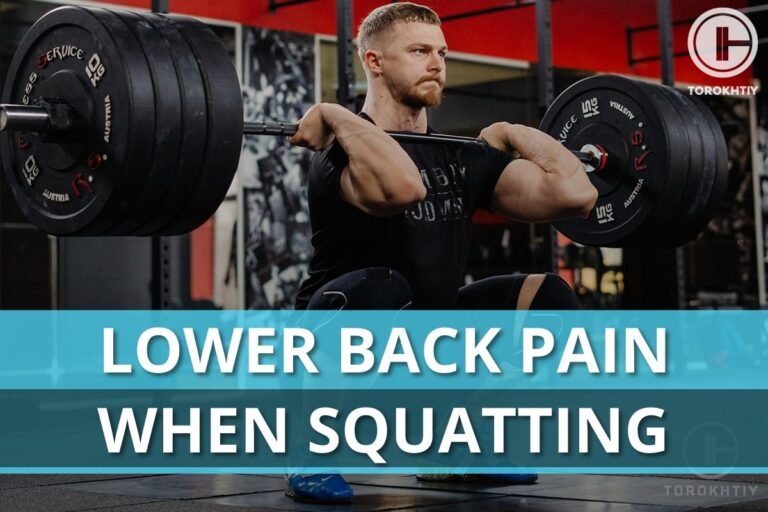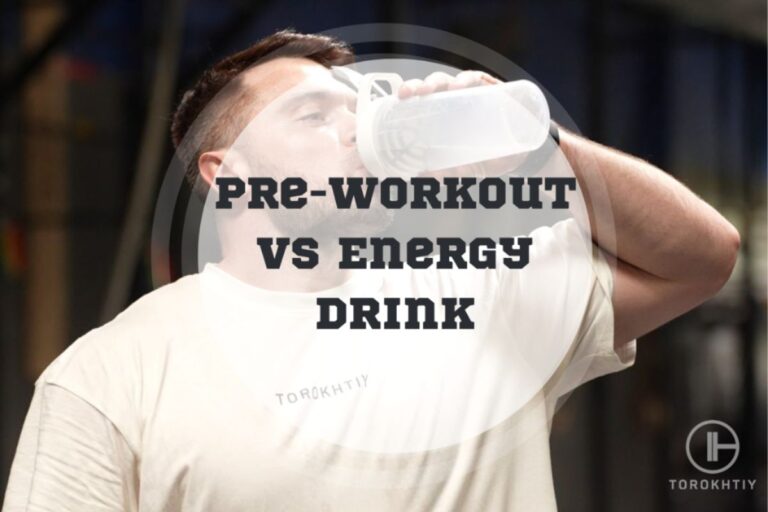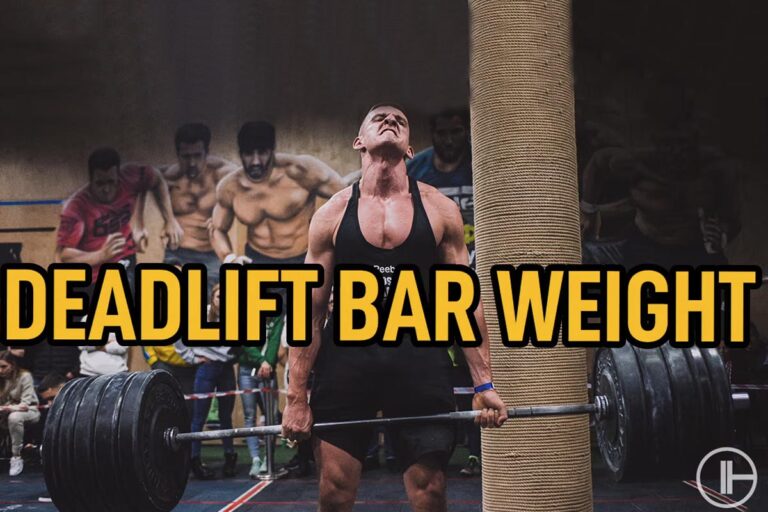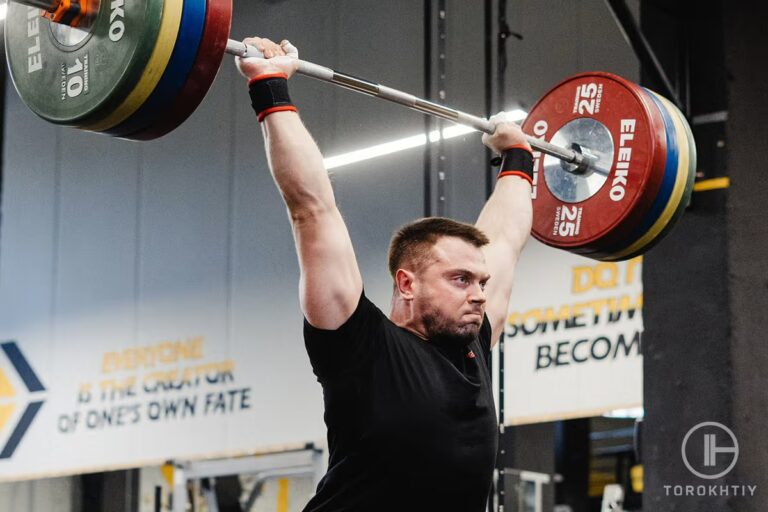Home Gym vs. Gym Membership: Which Fits You Best?
It’s no secret that regular exercise is a crucial component of a healthy lifestyle. Resolving on New Year’s Eve to tread the fitness journey is easy. However, it gets complicated when you actually start practicing.
The first question being, where are you going to work out? A ‘home gym vs gym membership’ debate is as relevant for experienced buffs as newbie exercisers. Is it time to finally ditch your gym membership? Let’s find out!
Home gym vs Gym membership? The reason for choosing a home gym over a gym membership is to add freedom and convenience to your workout routines. You can attain your fitness goals faster and smoother if time is usually a big issue. Is building a home gym worth it? Sure! Not only may it be a good idea but an intelligent financial choice as well.
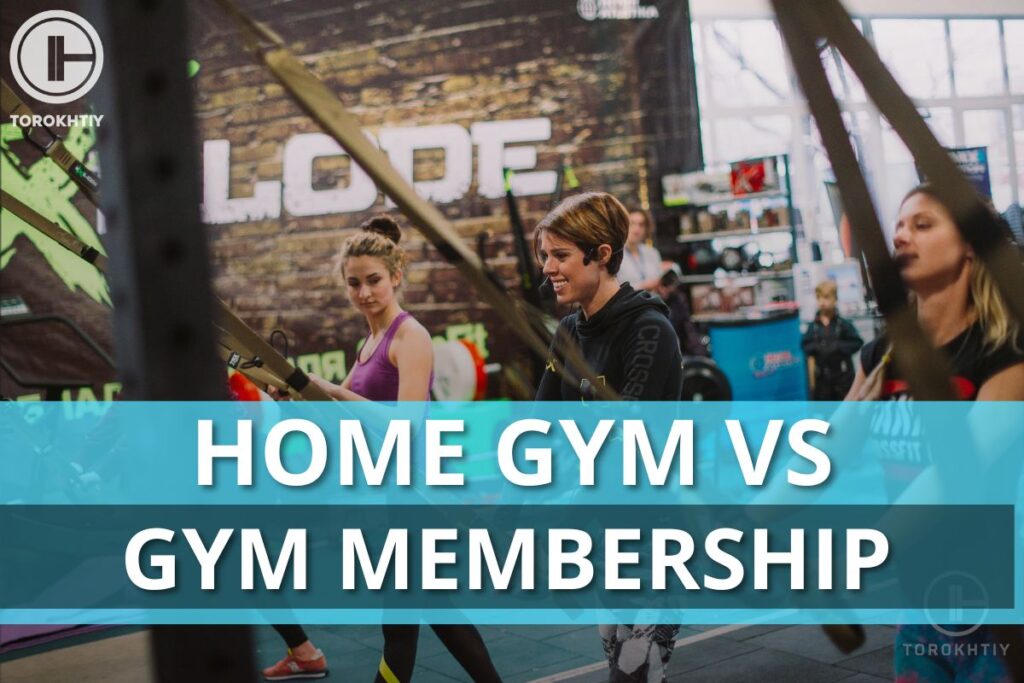
Gym Membership vs Home Gym: A Foreword!
Two of the more common ways to get to your weekly exercise goals include either a home gym or gym membership. Before we dive into the advantages and disadvantages of each option, it’s pertinent to say that the choice depends on an individual’s preference.
Some folks have a group mentality. They are outgoing who thrive around people and like to make friends. Despite all the hassle of traveling to a commercial facility, these blokes would be better off with a membership.
In comparison, many professionals and busy bees want to make time for family or peacefully stay at home. They know exactly what they want and when they want it. In such cases, a home gym is the ideal way to go.
Pros and Cons of a Home Gym
Building a personal fitness space removes unnecessary obstacles and expenses. Although there might be a few downsides to working out at home, most people would enjoy the benefit of privacy and accessibility.
Benefits
- Unmatched convenience, flexibility, privacy, and time efficiency in your workout schedules.
- Freedom to personalize the gym setup according to your choice.
- Little to no fixed expenses, such as monthly membership fees.
Drawbacks
- The upfront cost of adding gym equipment might be a lot.
- Lack of social interaction and community that bring motivation, support, accountability.
- Not having every equipment that may interest you due to limited floor space and price.
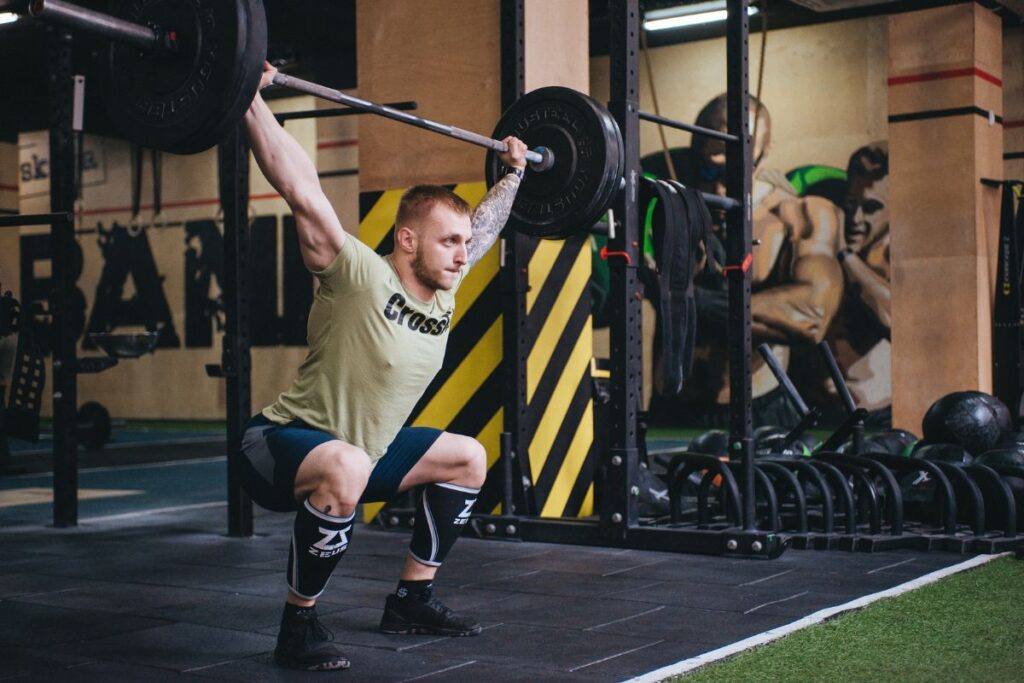
Positives
1. Convenience and Flexibility
Let’s cover the extra convenience you would receive from setting up a home gym. No worries about sporting stylish gym clothes, filling up the gas tank, battling traffic on the way, hurrying to meet opening hours, waiting around for your desired equipment, or dropping kids off at the daycare.
In other words, your home gym can facilitate productive and private workouts in a limited time, anytime, as often as you like – depending on if you don’t make any excuses.
2. Personalized Environment
You may prefer blaring hip-hop or a quiet, peaceful environment. Regardless, you have complete authority over the atmosphere of your home gym: music, HVAC, lighting, mirrors, and posters on the wall. Even the selection, setting, and sequence of equipment are up to you.
3. Is a home gym a good investment?
An elaborate gym may be a little expensive upfront if you throw in a cardio machine, squat rack, barbell, weight plate set – all at once! Still, you won’t be paying any monthly charges that are sure to outrun this initial investment over a few years.
Could be better
1. Distractions and Excuses
Hitting a commercial gym results in a loss of time, but it provides accountability amongst peers and familiar faces . You must be self-motivated to train regularly in the house but might find countless good reasons to delay logging miles on a treadmill, such as doing laundry or organizing the book collection.
If your phone or TV can’t distract you, household chores and family obligations might do. There is a deficit of natural motivation and accountability in home gyms. Joining an online fitness class can be a solution. However, it becomes a monthly expense all over again.
2. Limited Space
From minimalist yoga and pilates studios to elaborate strength-centered fitness spaces, a home gym can serve different purposes based on preferences. In some cases, you’ll buy a couple of big and bulky machines that occupy a lot of space when used or stored. In other cases, none at all and can be conveniently tucked away or stored.
Additionally, There are collapsible, multi-purpose, wall-mount tools to address the issue of larger equipment. Still, allotting a sufficient area can be difficult if you live in an apartment or small space.
Tips From the Champ
Inspect the structural strength of your home gym. See if flooring can handle the weight of the equipment. Otherwise, the area may need to be reinforced for safety. Also, walls are prone to chipping and cracking when using wall-mount tools.
Pros and Cons of Gym Membership
Modeling a home gym ultimately pays off. And we’re enthusiastic supporters of the idea. Nonetheless, there might be a few situations where buying a membership makes more sense.
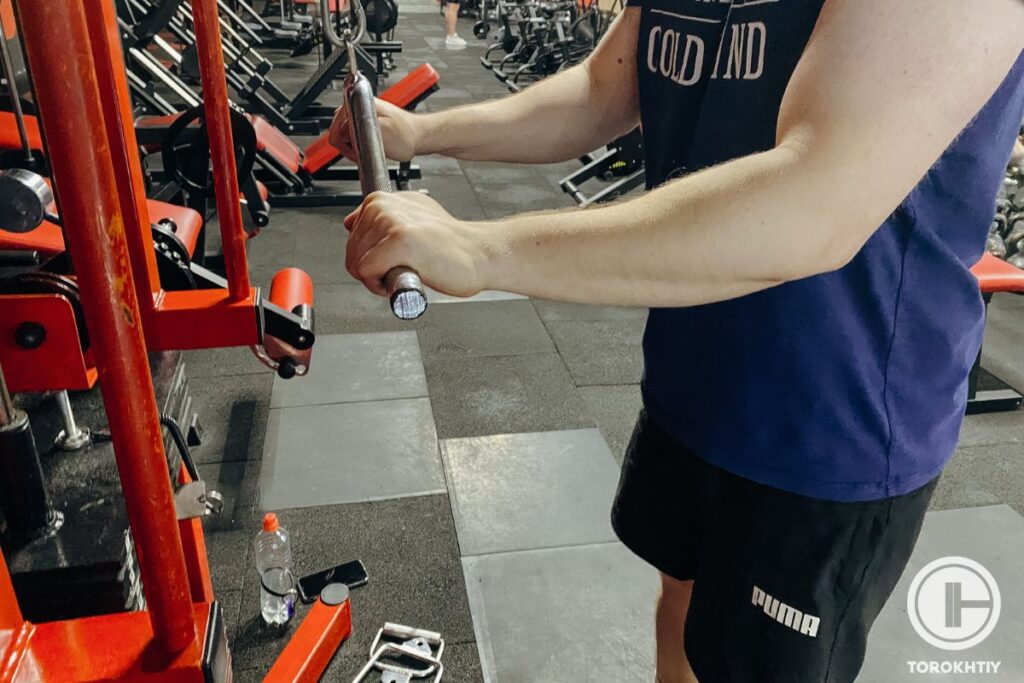
Benefits
- Sometimes amenities offered by commercial gyms are irreplaceable.
- Social and professional support goes a long way.
- It doesn’t prevent you from moving out of one place.
Drawbacks
- The hassle of commuting and prep may take a toll on your mental health.
- Crowds can also be stressful at times.
- A membership is a continuous expense that might accumulate to cost more than what it takes to build a home gym in the long run.
Positives
1. Wonderful Amenities
The statistics we got during the pandemic painted a grim picture of commercial gyms. According to RunRepeat, about 60% of Americans canceled or planned to cancel their memberships. And 25% of people weren’t thinking about returning.
The sale of fitness apps and home gym gear went through the roof. However, gyms are back to normal business, and there is one big draw. Some of the amenities can’t be replicated in your backyard. Having onsite pools, saunas, snack bars, and state-of-the-art equipment is excellent for those who can enjoy them all.
2. Social Interactions
Peer influence is of two types. Sometimes, you may not be up to chit-chat or even be in a room full of people. Primarily, other people serve as a source of motivation, commitment, and focus. Social variables are positively related to exercise behavior and satisfaction. You’ll find people going through the same stage and struggle as you.
Furthermore, you’ll have professional trainers and guides. The analysis of the injury rates in extreme conditioning programs shows that 35% are related to overexertion while 20% are due to improper technique. A professional trainer or trusted face at the gym can help you master form and technique, especially early on in your journey.
3. Freedom to Relocate
Building a home gym is a massive undertaking. Imagine repurposing the floor of your house when you know you’ll be moving out in a year or two. Getting your hands on a nearby gym membership is a fantastic solution if you’re worried about the duration of your stay at your current home.
Could be better
1. The Hassle Goes On
One of the biggest reasons for skipping gym trips is the hassle of getting there. First, you have to be prepared with a bag, water bottle, and presentable attire (We recommend dropping those PJs). Afterward, it’s time to drive and park. Then, you’ll get into the locker room and hope a weight bench is available.
Crowds not only extend the waiting time, but they may increase the risk of getting sick too. One study found higher risk of infections as occupancy and CO2 levels increase in the gym. That’s why all fitness spaces must be well-ventilated to regulate airflow.
2. Unending Expenses
You may be wondering, is a home gym worth it? Besides the convenience of working out at your own schedule and pace, building a home gym is economically viable. Home Advisor estimates a $2000 average cost. In comparison, gyms charge between $38-$75 a month on average based on state in the US which equals the initial home gym setup cost within three to five years.
Keeping the membership is potentially a bad long-term fiscal move. Continuous recurring payments accumulate to set you back more in the long run, especially when you factor in the pricier gym options. Some facilities can even charge 200 or more dollars per month!
Tips From the Champ
Make sure to read the contract thoroughly. Some memberships are difficult to cancel. You have to pay an additional termination cost or continue for the agreed-upon duration even without visiting.
Olympic Weightlifting Champion
What to Consider When Building a Home Gym?
A home gym has multiple benefits for your physical, mental, and financial health. A study declared home environments suitable for increasing activity levels among the obese population. In fact, starting an exercise program can be intimidating, especially for people with obesity or limited mobility.
Entering a big box gym can be overwhelming due to inexperience, embarrassment, or another personal reason. Absolute beginners don’t usually need a myriad of equipment. For example, sometimes an adjustable bench, a half dozen appropriate dumbbells, and learning spirit will suffice.
The following four factors are worth considering before you commit (yes, building a home gym is a commitment).
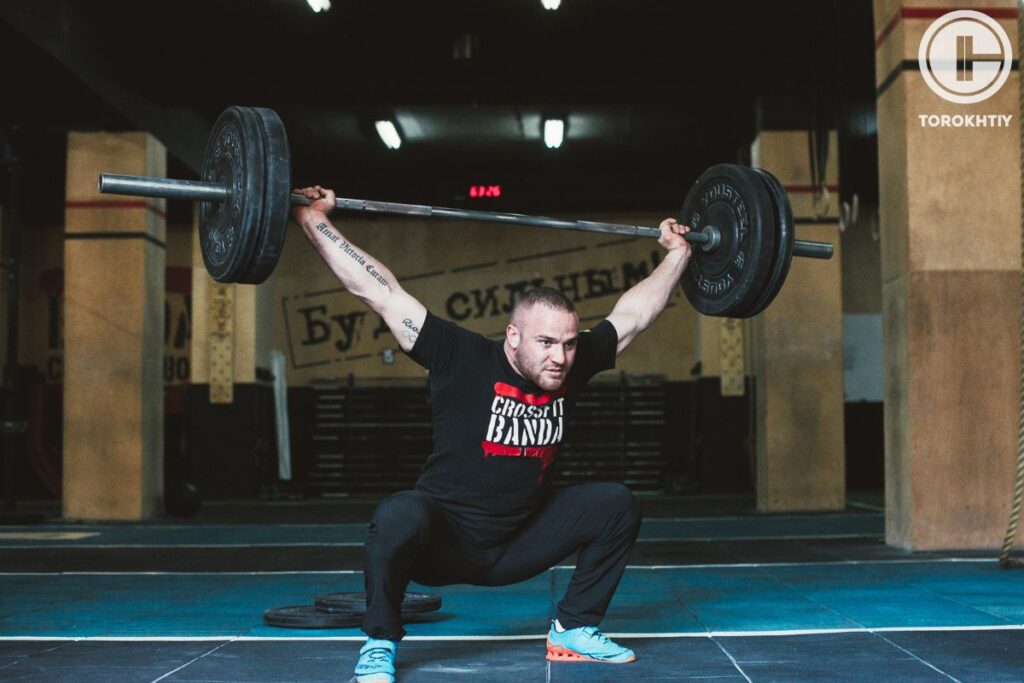
1. Space Availability
You don’t necessarily need a vast 3-car garage to set up a gym. A small, well-ventilated space will do just fine. However, you must select a dedicated area, take the layouts, and reinforce the floor or walls if needed!
Fitting in a speaker and maybe even a TV (if you can stay focused) will also help you kill boredom.
2. Fitness Goals
You should understand what type of training you’d do. It will assist with equipment procurement.
For example, a treadmill is avoidable if running is the last thing on your mind. You can target all sorts of fitness goals. Access to a home gym is beneficial for weight loss and improving muscle mass.
3. Equipment Needed
It’s time to bring equipment. Look for products rated for home use. They’re generally cheaper. A few implements are almost must-haves (see recommendations below) to help you with basic human movements (BHM). These include squat, lunge, push, pull, hinge, plank, and rotation.
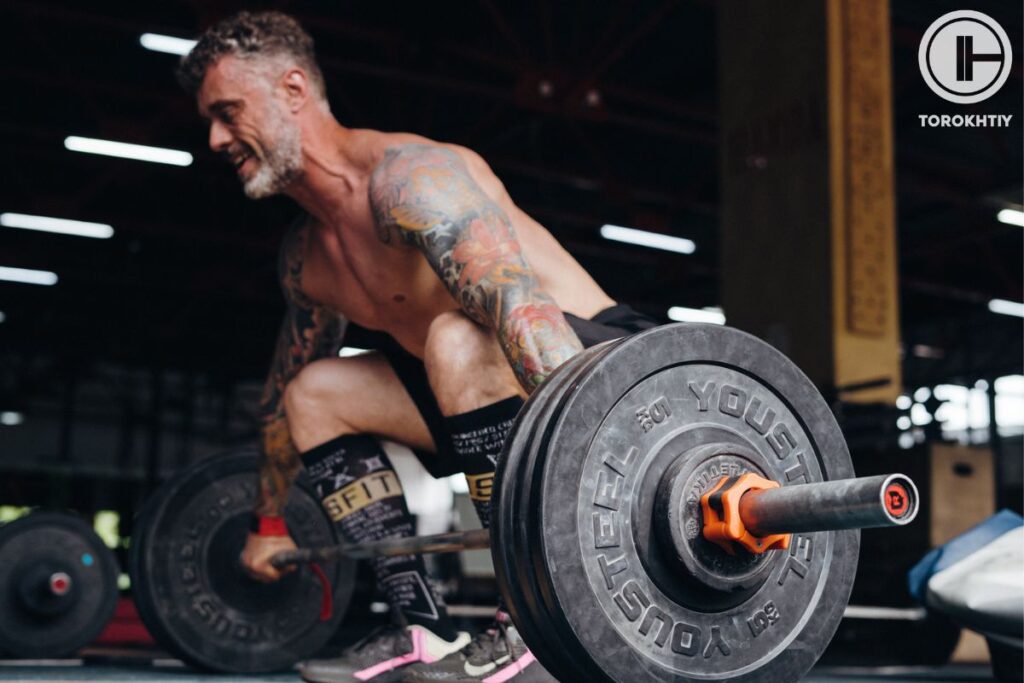
4. Budget Allocation
Last but not the least, you have to arrange a full-fledged workout setup under your budget. Start with a budget plan that specifies the upper spending limit. If the price of essentials goes above it, hunt for discount deals or check out second-hand items.
Budgeting is the first step. Come up with design and layout requirements according to the available space. Then, determine expenditure limits for all items. Ensure you still have some money left to tackle unexpected expenses.
When Should You Think About Building a Home Gym?
You should think about building a home gym when you’re absolutely clear about and committed to your training goals. If you need expert guidance, oversight, or variety in your workout, having a gym membership isn’t a bad idea.
Alternatively, a 24/7 accessible personal gym can accelerate your progress if you can’t find time or effort for traveling to a gym regularly. However, you must know what sort of exercises you’d perform and what equipment will be needed.
Home Gym Equipment We Recommend to Buy
If you’ve chosen the home gym option over commercial gym, the next part is to shortlist equipment. Your particular checklist should reflect your health status and goals. However, the following recommendations will work for everyone.
REP AB-3100 Adjustable Weight Bench
- Adjustability: 6 back pad adjustments, 3 seat angle options
- Folding: no
- Material: 14- and 4-gauge steel
- Color palette: metallic black, matte black, red, blue
- Item weight: 70 lb
- Weight limit: 700 lb
- Product dimensions: 50.5” L x 23” W x 16.75” H
- Transport wheels: 1 pair of wheels available
- Additional features: not available
REP AB-3100 Adjustable Weight Bench is one of the most affordable options on the market. With a 700 lb weight capacity and a quick ladder-style adjustment, it boasts a reliable performance on multiple settings. The backrest and seat feature nine angles to allow you to press, fly, curl, and raise.
REP Black Bumper Plates are sold in pairs and sets with 10, 15, 25, 35, and 45 pound variants. Rubber-coated bumpers are perfect due to silence and floor protection. Steel inserts resist any kind of damage to plates. They all follow standard width and center spacing with a consistently low bounce and odor.
ROGUE Echo Bar 2.0
- Material: Bare Steel
- Weight: 44.1lb(20kg)
- Length: 86.75’’(220.3cm)
- Diameter: 1.1’’(28.5mm)
- Shaft Length: 53.95’’(137cm)
- Knurling: Medium depth diamond knurling
- Knurl Marks: Dual knurl marks + single-ring marks in between for extra guidance(Olympic knurl), no center knurl
- Weight Limit: 1000 lb
- Sleeve Length: 16.4’’(41.7cm)
- Finish Type: Bright Zinc coating
ROGUE Echo Bar 2.0 is a top-notch Olympic barbell for home use. Its 28.5mm diameter, 16.4″ sleeves, 45lb weight, and no center knurl make it perfect for various movements. The 190K PSI tensile strength steel neither breaks nor bends under heavy load. A bright zinc finish avoids corrosion as well.
REP PR-4000 Rack Builder will serve as your training HQ. It’s made super-strong with 3”x3” 11-gauge steel tubing, supporting 1000 lbs of rackable capacity. It hosts multiple attachments with customizable height, depth, and colors. Robotic manufacturing and laser cutting leave no margin for error.
ROGUE R-3W Fold Back Wall Mount Rack
- Height: 90.4″
- Width: 56.2″ (Overall), 49″ Outside Uprights, 43″ Inside Uprights
- Depth: Two Choices: 24.75″, 43.75″
- Working Area: 24.75/43.75 x 56.2″
- Footprint: 24.8″ or 44″ x 56.2″ (On wall)
- Rackable Capacity: 1000 lbs
- Product Weight: 163 lbs-190 lbs
- Material: 3×3″ 11-Gauge Steel, 5/8″ SAE Grade 5 Bolt Hardware
- Finish: Black Powder Coat
- Number of Racks: 1
ROGUE R-3W Fold Back Wall Mount Rack is a valuable addition. Attachments include a pull-up bar, j-cups, detent pins, and mounting brackets. R-3W comes in two depths: 24” or 44” from the wall.
When folded inward at the end of the session, it won’t take up more than 5″ of space. Despite its retractable design, it is rock solid due to heavy-duty 2×3” 11-gauge steel.
TITAN 40LB Adjustable Kettlebell
- Height: 90.4″
- Width: 56.2″ (Overall), 49″ Outside Uprights, 43″ Inside Uprights
- Depth: Two Choices: 24.75″, 43.75″
- Working Area: 24.75/43.75 x 56.2″
- Footprint: 24.8″ or 44″ x 56.2″ (On wall)
- Rackable Capacity: 1000 lbs
- Product Weight: 163 lbs-190 lbs
- Material: 3×3″ 11-Gauge Steel, 5/8″ SAE Grade 5 Bolt Hardware
- Finish: Black Powder Coat
- Number of Racks: 1
TITAN 40LB Adjustable Kettlebell can beautifully accent your explosive weight training routines. It has a 10lb core and six detachable cast iron discs that can be worked up to 40lb.
It saves space and the cost of managing several weights. The handle diameter is 28mm to assist a firm grip when holding and swinging bells.
CONCEPT 2 RowErg is one of the best cardio machines for a home gym or commercial gym. Rowers can provide one of the highest rates of energy expenditure among indoor exercise machines.
And none is more tested than the legendary Concept 2 with its 54″ rail, 500 lb weight capacity, and an iconic PM5 display.
FAQ
Is It Better to Get a Gym Membership or Workout at Home?
Working out at home can be the better choice, thanks to the added freedom and flexibility in your exercise regimes. However, there are some exceptional cases. If you need 1-on-1 personal training or a sense of community, there’s no problem with signing up for a gym membership.
Can a Home Gym Replace a Gym?
If you’re an experienced and regular gym goer and working on your strength, power, or aerobic capacity – a home gym can effectively fulfill your requirements. In comparison, you’ll have to manage much more funds and space for building a gym worthy of training a competitive or professional athlete. The greatest advantage of commercial gyms over home-based setups is the variety of equipment.
What Are the Disadvantages of a Home Gym?
A home gym doesn’t have many disadvantages when tailored to your requirements. However, you can miss a personal trainer or spotter when you’re new to an exercise and need the extra critique. Similarly, having like-minded friends around serves as a motivation and support factor.
Conclusion
Building a home gym and buying a club membership are two common ways to reach your fitness goals. The ‘home gym vs gym membership’ debate boils down to whether you like privacy and flexibility in your exercise routines or access to a wide variety of equipment with professional and social support.
Which of these two options makes more sense to you? Are you looking to outfit a personal fitness space? Let’s share your plans and queries in the comment section.
Also read:
- Best Smelling Salts for Lifting
- Best Grip Strength Trainer
- Best Free Standing Pull up Bar
- Best Essential Home Gym Equipment
- Best Compact Workout Equipment
- Best Gym Timers
- How Much Does a Home Gym Cost
References:
- Michal Krzysztofik, Michal Wilk,Grzegorz Wojdała, and Artur Gołaś, “Maximizing Muscle Hypertrophy: A Systematic Review of Advanced Resistance Training Techniques and Methods,” Int. J. Environ. Res. Public Health 16, no. 24 (2019): 4897
- J. B. Unger and C. A. Johnson, “Social Relationships and Physical Activity in Health Club Members,” Am J Health Promot 9, no. 5 (1995): 340-3
- Kyle T. Aune and Joseph M. Powers, “Injuries in an Extreme Conditioning Program,” Sports Health 9, no. 1 (2017): 52-58
- Alexandro Andrade, Fábio Hech Dominski, Marcelo Luiz Pereira, Carla Maria de Liz, Giorgio Buonanno, “Infection risk in gyms during physical exercise,” Environ Sci Pollut Res Int 25, no. 20 (2018): 19675-19686
- Michelle C. Kegler, Regine Haardörfer, Iris Alcantara, Julie A. Gazmararian, Alexandra Gemma, Pam Reynolds, and Cecillia Morris, “Home environments, physical activity, and energy expenditure among low-income overweight and obese women,” Women & Health 57, no. 8 (2017): 990-1006
- J M Jakicic, C Winters, W Lang, and R R Wing, “Effects of intermittent exercise and use of home exercise equipment on adherence, weight loss, and fitness in overweight women: a randomized trial,” JAMA 282, no. 16 (1999): 1554-60
- Jessica Cegielski, Matthew S. Brook, Jonathan I. Quinlan, Daniel J. Wilkinson, Kenneth Smith, Philip J. Atherton, and Bethan E. Phillips, “A 4-week, lifestyle-integrated, home-based exercise training programme elicits improvements in physical function and lean mass in older men and women: a pilot study,” F1000 Research 6 (2017): 1235
- Claire Tompsett, Brendan Burkett, and Mark McKean, “Comparing Performances of Fundamental Movement Skills and Basic Human Movements: A Pilot Study,” Journal of Fitness Research 4, no. 3 (2015):13-25
- A I Zeni, M D Hoffman, and P S Clifford, “Energy expenditure with indoor exercise machines,” JAMA 275, no. 18 (1996): 1424-7
Why Trust Us?
With over 20 years in Olympic Weightlifting, our team does its best to provide the audience with ultimate support and meet the needs and requirements of advanced athletes and professional lifters, as well as people who strive to open new opportunities and develop their physical capabilities with us.
By trusting the recommendations of our certified experts in coaching, nutrition, dietology, and sports training programming, as well as scientific consultants, and physiotherapists, we provide you with thorough, well-considered, and scientifically proven content. All the information given in the articles concerning workout programming, separate exercises, and athletic performance, in general, is based on verified data. We ensure that you can rely on our professionals’ pieces of advice and recommendations that can be treated as personalized ones which will benefit you and fully meet your needs.
The product testing process is described in more detail here
Author: (Ten) Quoc Thang Tran
Personal Trainer,
Weightlifter
Deadlift – 180kg
Ten has a bachelor’s degree in Sport & Exercise Science after graduating from the University of Central Florida. He started his time in Olympic weightlifting a decade ago in Missouri where he trained with a team of athletes that competed on a local, national, international, and Olympic level. After his time training solely with competitive weightlifters, he began working in personal training for 8 years where he became familiar with the average person looking to better themself and strength athletes that needed new guidance.


